Manual and electric chokes are devices used to regulate air-fuel mixture in engines, with manual chokes requiring driver adjustment and electric chokes operating automatically via heating elements.
1.1 Definition and Purpose of Manual Chokes
A manual choke is a device that requires driver intervention to regulate the airflow in the carburetor. It operates via a cable-controlled lever, allowing the driver to manually enrich the air-fuel mixture during cold engine starts. Its primary purpose is to improve engine performance and reduce emissions by providing the correct mixture when the engine is cold. This simplicity offers cost-effectiveness and driver control.

1.2 Definition and Purpose of Electric Chokes
An electric choke is an automated device that uses an electric heating element to control the choke valve in a carburetor. It automatically adjusts the airflow based on engine temperature, providing smoother and more efficient cold starts. This eliminates the need for manual intervention, offering convenience and consistency. The electric choke ensures optimal air-fuel mixture without driver input, enhancing engine performance and reducing emissions during warm-up.
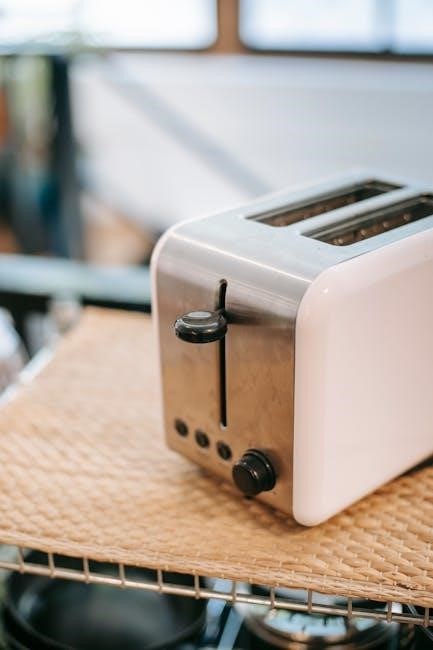
Functionalities of Manual and Electric Chokes
Manual chokes rely on driver input to regulate airflow during engine warm-up. Electric chokes use heating elements for automatic control based on engine temperature.
2.1 How Manual Chokes Operate
Manual chokes function through a cable connected to a driver-operated lever. When engaged, the lever pulls the choke valve closed, restricting airflow and enriching the fuel mixture for cold starts. As the engine warms, the driver gradually opens the choke, restoring normal airflow. This mechanical process relies on driver intervention, requiring experience to ensure smooth operation and efficient engine performance.
2.2 How Electric Chokes Operate
Electric chokes utilize an electric heating element controlled by the engine’s temperature sensor. When the engine is cold, the choke plate closes automatically, enriching the fuel mixture. As the engine warms, the sensor signals the choke to open gradually, restoring normal airflow. This automation eliminates manual adjustment, providing smoother cold starts and reducing driver effort.
2.3 Key Differences in Operation
Manual chokes require driver intervention to adjust the choke plate, while electric chokes operate automatically using a heating element and temperature sensor. Electric chokes eliminate manual adjustment, providing smoother cold starts and reducing driver effort. Manual chokes rely on physical input, offering direct control but lacking automation. The primary operational difference lies in automation versus manual adjustment, impacting ease of use and cold start efficiency.
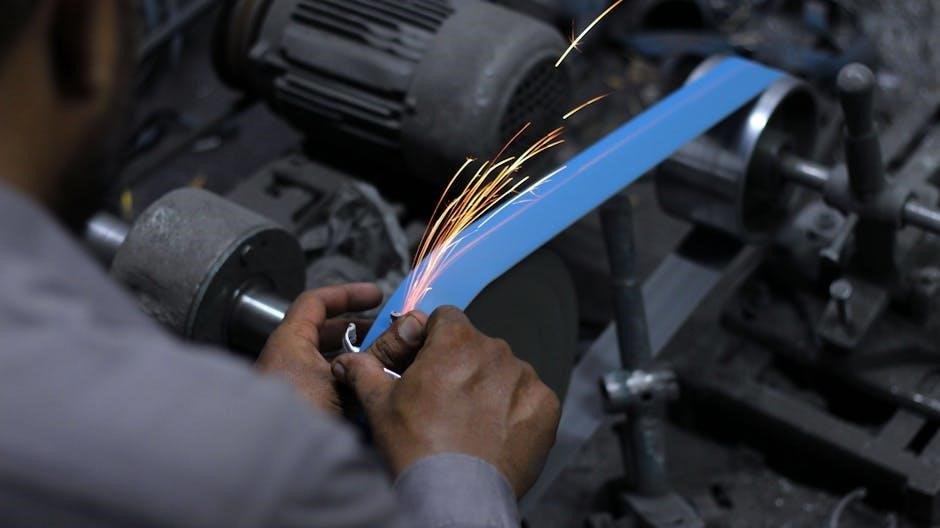
Advantages of Manual Chokes
Manual chokes are cost-effective, simple, and offer direct driver control, allowing for precise adjustments. They are lightweight and require minimal maintenance, making them a reliable choice for many drivers.
3.1 Simplicity and Cost-Effectiveness
Manual chokes are straightforward and affordable due to their mechanical design. They lack complex components, reducing production and maintenance costs. This simplicity ensures reliability and makes them accessible for budget-conscious drivers. Additionally, manual chokes don’t require electrical systems, minimizing potential failure points and keeping expenses low over time. Their ease of use and durability contribute to their popularity in various vehicles.
3.2 Driver Control and Flexibility
Manual chokes provide drivers with direct control over the air-fuel mixture, allowing for precise adjustments during engine warm-up. This flexibility enables drivers to optimize performance based on specific conditions, such as temperature or altitude. Experienced drivers often prefer this hands-on approach, as it offers greater customization and responsiveness. The ability to manually adjust the choke also reduces reliance on automated systems, appealing to those who value precision and personal preference.
3.4 Environmental Benefits
Manual chokes offer environmental benefits by allowing drivers to adjust the choke precisely, reducing unnecessary fuel consumption. This precise control minimizes excess emissions, contributing to lower pollution levels. Additionally, the simplicity of manual systems reduces the need for complex electrical components, minimizing electronic waste. Overall, manual chokes promote more efficient engine operation and eco-friendly driving practices.
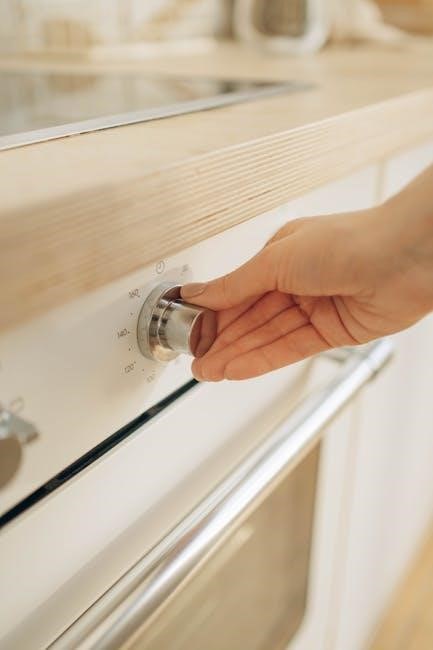
Disadvantages of Manual Chokes
Manual chokes require constant driver intervention, increasing effort and time. They are prone to human error, potentially leading to poor engine performance. Limited automation reduces convenience.
4.1 Requires Driver Intervention
Manual chokes demand constant driver interaction, requiring physical adjustments during engine warm-up. This necessity for repeated manipulation can delay cold starting and may lead to driver frustration. Additionally, the manual process can result in inconsistent engine performance if not adjusted properly, potentially affecting fuel efficiency and emissions. The dependence on the driver’s attention and precision makes manual chokes less convenient compared to their electric counterparts.
4.2 Potential for Human Error
Manual chokes are prone to human error, as drivers may forget to adjust or improperly set the choke, leading to poor engine performance. Overuse or underuse can result in inefficient fuel combustion, reducing mileage and increasing emissions. Additionally, incorrect choke operation may cause engine stalling or rough idling, especially during cold starts. This reliance on precise driver input makes manual chokes more susceptible to mistakes compared to automated electric systems.
4.3 Limited Automation
Manual chokes lack automation, requiring constant driver intervention to adjust the choke plate. This absence of self-regulation means the choke cannot automatically respond to engine temperature changes, relying solely on manual input. Unlike electric chokes, manual systems do not offer automatic adjustment, necessitating frequent driver involvement for optimal performance. This limitation can lead to less efficient cold starts and inconsistent engine operation if not properly managed by the driver.
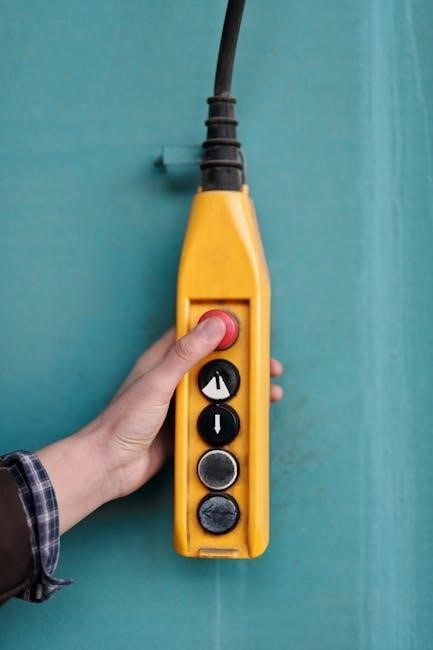
Advantages of Electric Chokes
Electric chokes offer automatic operation, improving cold start efficiency and reducing driver effort. They provide consistent performance and eliminate manual adjustments, enhancing overall driving convenience and engine reliability;
5.1 Automatic Operation
Electric chokes operate automatically, eliminating the need for manual adjustments. They use a heating element and sensors to adjust the choke plate based on engine temperature, ensuring smooth cold starts and consistent performance. This automation reduces driver effort and minimizes the risk of human error, providing a hassle-free experience. The system’s ability to self-regulate makes it ideal for modern vehicles, enhancing reliability and overall engine efficiency without requiring constant user intervention.
5.2 Improved Cold Start Efficiency
Electric chokes significantly enhance cold start efficiency by automatically adjusting the air-fuel mixture. The heating element warms the engine faster, reducing emissions and improving idle stability. This automatic adjustment ensures optimal performance during cold starts, eliminating the need for manual intervention. The system’s precision minimizes the time required for the engine to reach operating temperature, making it more efficient and environmentally friendly compared to manual chokes.
5.3 Reduced Driver Effort
Electric chokes minimize driver effort by eliminating the need for manual adjustments. The automatic operation ensures the choke opens and closes without driver intervention, providing a hands-free experience. This convenience is particularly beneficial during cold starts, as it reduces the need to constantly adjust the choke lever. The system’s automation enhances user-friendliness, making electric chokes a more accessible option for drivers who prefer a hassle-free experience compared to manual chokes.
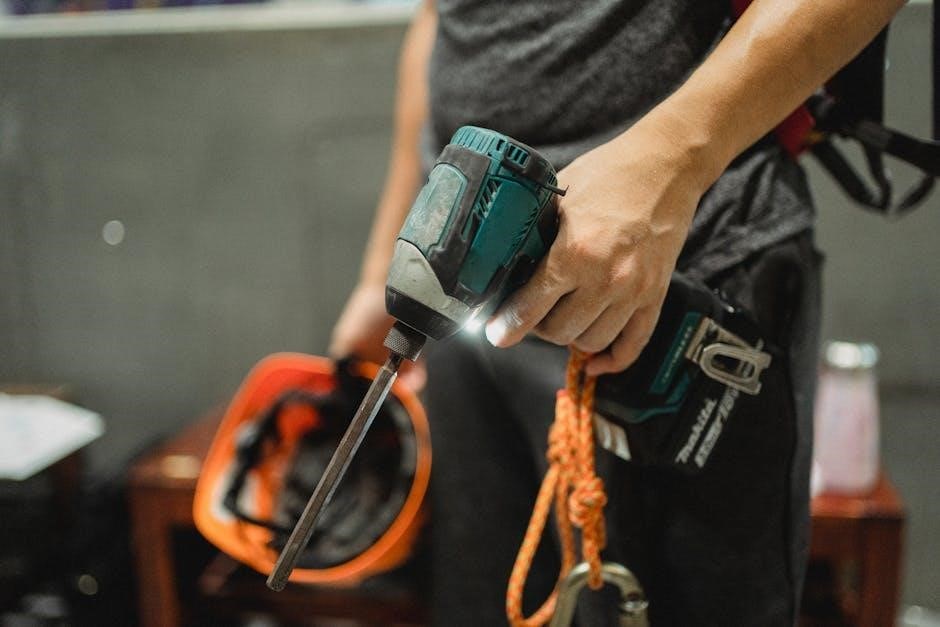
Disadvantages of Electric Chokes
Electric chokes are more expensive, depend on electrical systems, and can fail due to technical issues, requiring specialized repairs and increasing maintenance complexity.
6.1 Higher Cost
Electric chokes are generally more expensive than manual chokes due to their advanced components, such as heating elements and sensors. The initial purchase cost is higher, and installation may require professional assistance, adding to the expense. Additionally, repairs for electric chokes often necessitate specialized tools and expertise, increasing maintenance costs over time. This financial commitment can be a significant drawback for budget-conscious vehicle owners seeking a cost-effective solution.
6.2 Dependence on Electrical Systems
Electric chokes rely on a vehicle’s electrical system to operate, requiring a functional battery and wiring. This dependence means failures in the electrical system can render the choke inoperable, potentially causing poor engine performance during cold starts. Additionally, any issues with the heating element or sensors can disrupt the choke’s ability to regulate the air-fuel mixture efficiently, making it less reliable than manual chokes in situations with electrical malfunctions or power outages.
6.3 Potential for Technical Failures
Electric chokes are more prone to technical failures due to their reliance on electrical components. Issues like faulty wiring, sensor malfunctions, or heating element failures can disrupt operation. These failures may cause inconsistent or improper choke activation, leading to poor engine performance, especially during cold starts. Such technical issues highlight the vulnerability of electric chokes compared to the simplicity of manual systems, which are less susceptible to such problems.

Manual vs. Electric Choke: Direct Comparison
Manual chokes offer simplicity and cost-effectiveness, relying on driver input. Electric chokes provide automatic operation, reducing driver effort and improving cold start efficiency, though at a higher cost.
7.1 Ease of Use
Electric chokes offer greater convenience, as they automatically adjust the choke plate based on engine temperature, eliminating the need for manual intervention. In contrast, manual chokes require the driver to physically adjust the choke lever, which can be less convenient, especially during cold starts. However, some drivers prefer the control manual chokes provide, allowing for precise adjustments. Electric chokes streamline the process, making them more user-friendly for those seeking simplicity.
7.2 Reliability and Maintenance
Manual chokes are generally more reliable due to their simplicity, with fewer components prone to failure. They rely on mechanical operation, reducing the risk of electrical faults. Electric chokes, while convenient, depend on electrical systems and heating elements, which can malfunction. Maintenance for manual chokes is straightforward, involving cable adjustments and cleaning. Electric chokes may require more specialized care, such as checking wiring and sensors, but offer automatic operation benefits.
7.3 Performance Impact
Manual chokes allow drivers to precisely control the air-fuel mixture, potentially optimizing performance for specific conditions. However, this requires skill and attention. Electric chokes provide consistent, automated adjustments, enhancing cold-start efficiency and reducing emissions. Both systems, when functioning correctly, ensure proper engine operation, but electric chokes may offer smoother transitions and better fuel efficiency in varying temperatures and driving scenarios.
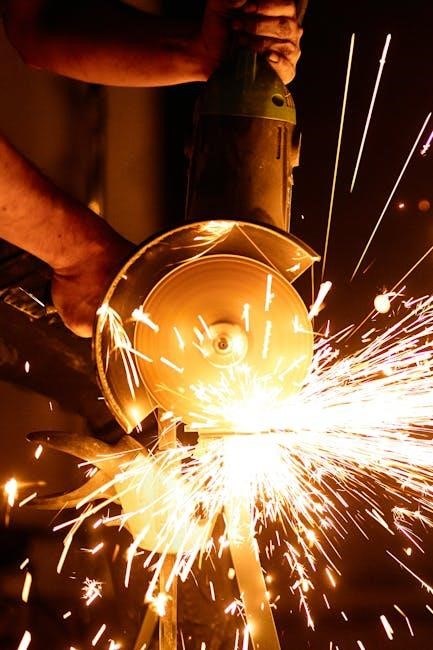
Factors Influencing the Choice of Choke Type
Climate, vehicle type, and driver preference significantly influence the choice between manual and electric chokes, impacting efficiency, maintenance, and overall engine performance.
8.1 Climate and Weather Conditions
Cold climates often favor electric chokes due to their automatic operation, enabling smoother cold starts without manual intervention. Conversely, in hotter environments, manual chokes may be preferred as they allow drivers to control the choke’s opening, preventing overheating issues. Weather conditions can significantly impact the efficiency and performance of both choke types, making climate a crucial factor in the decision-making process.
8.2 Vehicle Type and Engine Specifications
Vehicle type and engine specifications play a significant role in choosing between manual and electric chokes. Classic or older vehicles often favor manual chokes due to their simplicity and compatibility with carburetors. Modern engines, especially those with advanced fuel systems, may benefit more from electric chokes for automatic operation. High-performance engines might require precise control, making manual chokes a preferred option for fine-tuning air-fuel mixtures during cold starts.
8.3 Driver Preference and Experience
Driver preference and experience significantly influence the choice between manual and electric chokes. Experienced drivers may prefer manual chokes for precise control, while others value the convenience of electric chokes. Novice drivers often find electric chokes easier, as they require less intervention. Ultimately, the decision reflects the driver’s comfort level with mechanical adjustments and their desire for simplicity versus hands-on control, shaping the overall driving experience.
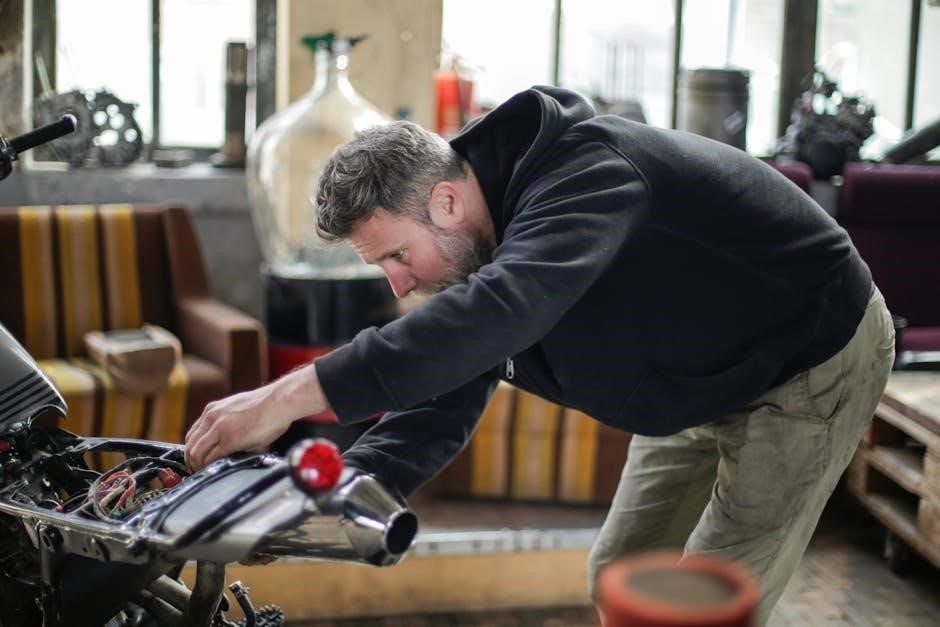
Maintenance and Troubleshooting
Maintenance involves cleaning and inspecting choke components. Manual chokes require cable checks, while electric chokes need wiring inspections. Common issues include dust buildup and mechanical failures, addressed by cleaning or replacing parts.
9.1 Maintenance Requirements for Manual Chokes
Manual chokes require regular cleaning of the choke valve and cable to ensure smooth operation. Drivers should inspect for dust buildup and lubricate moving parts periodically. Proper maintenance prevents sticking and ensures efficient air-fuel mixture control. It’s essential to avoid contamination and wear, which can lead to poor engine performance. Regular checks help maintain optimal functionality and reliability.
9.2 Maintenance Requirements for Electric Chokes
Electric chokes require periodic inspection of electrical connections and heating elements to ensure proper function. Drivers should check for corrosion or damage to wires and connections. The choke’s automatic operation relies on accurate temperature sensing, so cleaning the sensor and ensuring proper installation are crucial. Additionally, protecting the unit from moisture and avoiding extreme temperatures can prevent malfunctions. Regular maintenance ensures reliable and efficient performance over time.
9.3 Common Issues and Solutions
Common issues with chokes include sticking choke plates and faulty electrical connections. For manual chokes, cleaning or replacing the cable and ensuring smooth operation is essential; Electric chokes may face problems with heating elements or sensors, requiring replacement or recalibration. Regular cleaning and inspection can prevent malfunctions. Ensuring proper installation and avoiding extreme temperatures also helps maintain functionality. Addressing these issues promptly ensures optimal performance and reliability for both manual and electric chokes.
